Home > Climate News >

‘Grassland 2.0’ seeks to transform Upper Midwest agriculture through perennial grasslands
Bert Paris loves dairy farming. After more than 30 years, he’s beginning to transition the farm he operates near Belleville, Wisconsin, to his daughter, Meagan Farrell, who is excited about moving her family home to run it.
Despite years of terrible headlines about the dairy industry, farmers like Paris and Farrell are bullish on dairy because, despite chronically low and erratic milk prices, they’ve controlled their production costs with managed grazing. “Grazing, financially speaking, was the best thing I’ve ever done for my business,” Paris says.
Paris is a participant in Grassland 2.0, a newly formed collaborative group based at the University of Wisconsin–Madison that is working to create more opportunities for grazing and other types of perennial grassland farming.
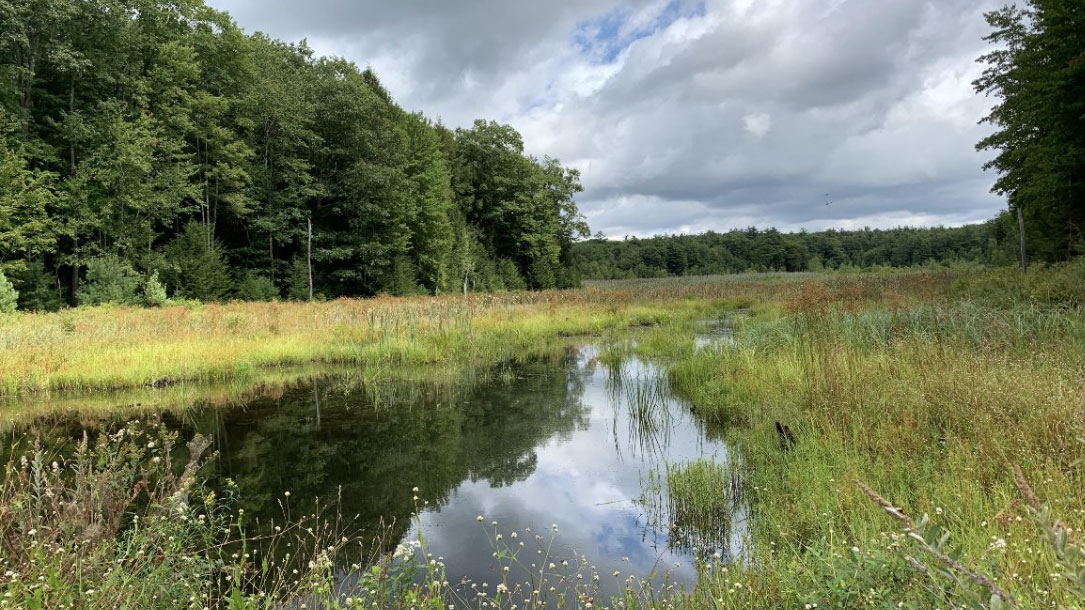
50 countries vow to protect 30% of land and sea by 2030
At least 50 countries committed to protecting 30% of the planet, including land and sea, over the next decade to halt species extinction and address climate change issues, during a global summit Monday aimed at protecting the world’s biodiversity.
About 30 leaders, government officials, and heads of international organizations participated in the One Planet Summit, which was held by videoconference because of the coronavirus pandemic. Top U.S. officials were notably absent, as were the leaders of Russia, India, and Brazil…
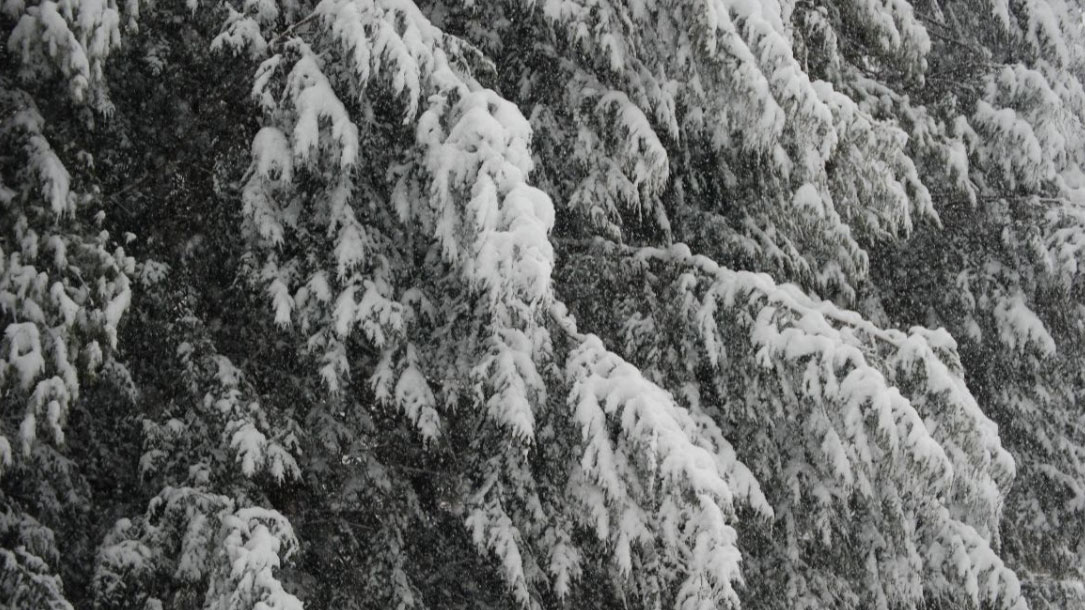
Hope for hemlocks: New tactics found to fight deadly pest
Several new scientific discoveries give hope that eastern hemlocks will not go the way of chestnut, elm, and ash trees and largely disappear from forests in the Chesapeake Bay watershed.
Hemlocks are one of the most prevalent, longest-living, beautiful, and ecologically vital trees in Appalachian forests. Sometimes called the redwoods of the East, they can take 250–300 years to mature and live more than 800 years…
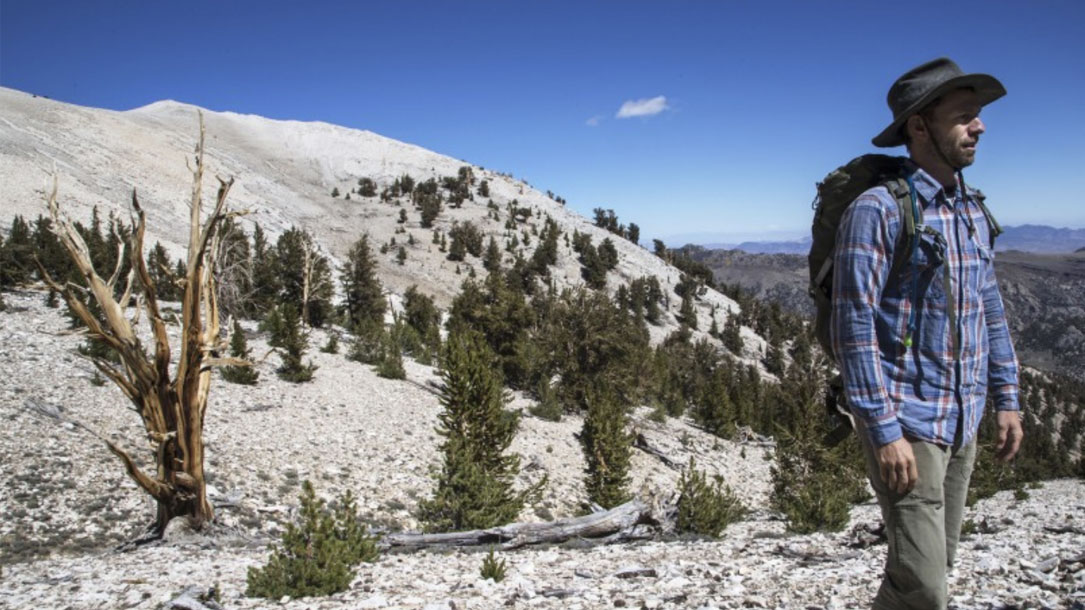
UC becomes nation’s largest university to divest fully from fossil fuels
The University of California announced…that it has fully divested from all fossil fuels, the nation’s largest educational institution to do so as campaigns to fight climate change through investment strategies proliferate at campuses across the country.
The UC milestone capped a five-year effort to move the public research university system’s $126-billion portfolio into more environmentally sustainable investments, such as wind and solar energy. UC officials say their strategy is grounded in concerns about the planet’s future and in what makes financial sense.
“As long-term investors, we believe the university and its stakeholders are much better served by investing in promising opportunities in the alternative energy field rather than gambling on oil and gas,” Richard Sherman, chair of the UC Board of Regents’ investments committee, said in a statement…

New York’s $226 billion pension fund is dropping fossil fuel stocks
“New York State’s pension fund, one of the world’s largest and most influential investors, will drop many of its fossil fuel stocks in the next five years and sell its shares in other companies that contribute to global warming by 2040, the state comptroller said on Wednesday.
With $226 billion in assets, New York’s fund wields clout with other retirement funds and its decision to divest from fossil fuels could accelerate a broader shift in global markets away from oil and gas companies, energy experts and climate activists said…”

Wildlife diseases poised to spread northwards as climate changes: study
As the world’s climate warms, parasite-carried wildlife diseases will move north, with animals in cold far-north and high-altitude regions expected to suffer the most dramatic increases, warns a study to be published…in the journal Science.
The study projects increasing spread over the next five decades of wildlife diseases caused by bacteria, fungi, viruses, and infectious worms. There are serious implications for humans, said co-author Jason Rohr of the University of Notre Dame, Indiana…
If warming is slowed, however, there will be “much, much smaller increases in infectious disease in wildlife,” Rohr said…
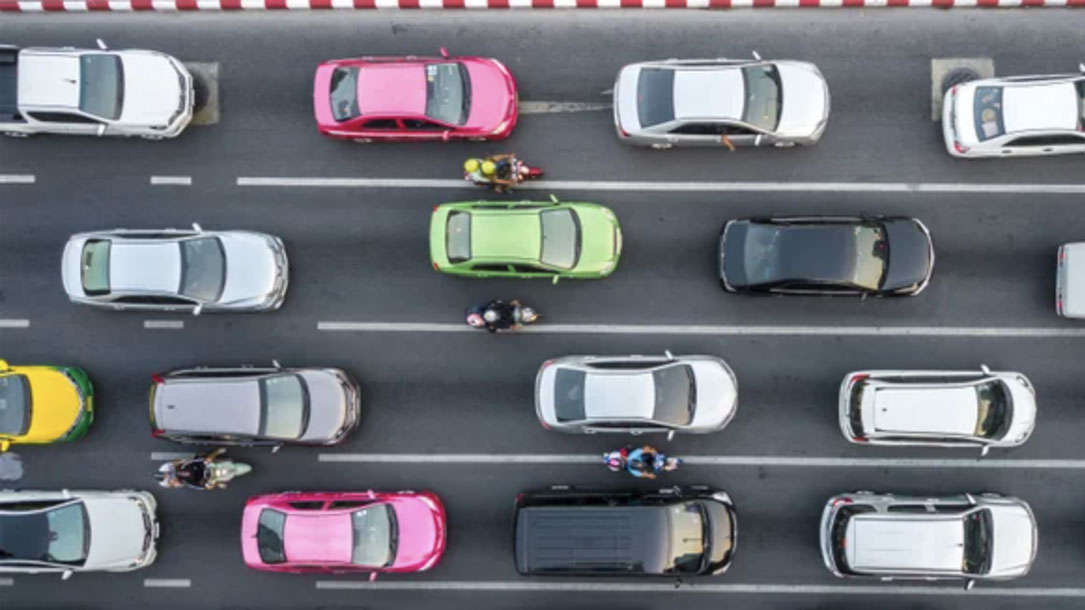
Ninety percent of U.S. cars must be electric by 2050 to meet climate goals
The United States is not expected to electrify passenger cars fast enough to stay on track with the Paris climate accord’s goal of limiting global warming to 2 degrees Celsius, according to a new study.
Published in the journal Nature Climate Change yesterday, the study by engineers at the University of Toronto concludes that 90% of light-duty cars on American roads would need to be electric by 2050 to keep the transportation sector in line with climate mitigation targets…
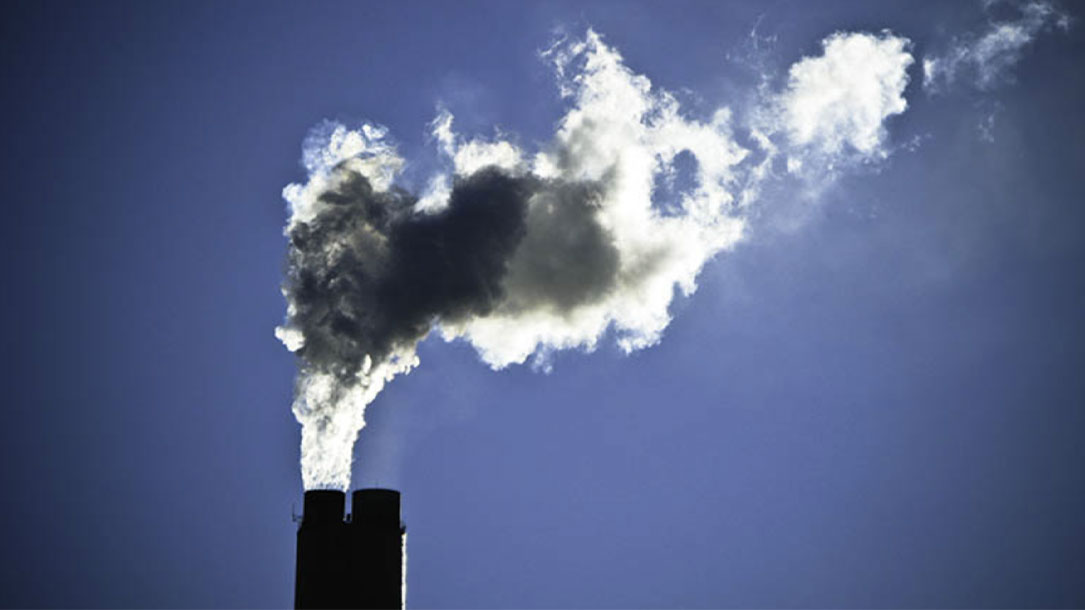
Sources of greenhouse gas emissions
Greenhouse gases trap heat and make the planet warmer. Human activities are responsible for almost all of the increase in greenhouse gases in the atmosphere over the last 150 years. The largest source of greenhouse gas emissions from human activities in the United States is from burning fossil fuels for electricity, heat, and transportation…

Climate deniers are claiming EVs are bad for the environment—again. Here’s why they’re wrong.
A new paper published Tuesday, November 17, by the conservative think tank the Competitive Enterprise Institute (CEI), raises environmental concerns with electric vehicles in what appears to be the latest attempt by organizations associated with fossil fuel funding to pump the brakes on the transportation sector’s transition away from petroleum and towards cleaner electricity.
In the U.S., the transportation sector is the largest contributor to planet-warming emissions. Climate and energy policy experts say electrifying vehicles is necessary to mitigate these emissions.
In fact, scientists recently warned that if the country has any hope of reaching the Paris climate targets of limiting warming to below 2 degrees Celsius (3.6 degrees Fahrenheit), 90 percent of all light-duty cars on the road must be electric by 2050.

Wisconsin farmer mimics ecosystem where mastodons and ground sloths once roamed
Peter Allen is taking inspiration from the oak savannas that were once widespread in the Midwest.
He says conventional agriculture depletes the soil, but this approach to raising livestock can help build topsoil and store carbon.
“We’ve grown about three inches of topsoil in six years,” Allen says. “So that’s really inspiring.” By learning from the past, Allen hopes to produce food while also preserving savanna ecosystems for the future.












